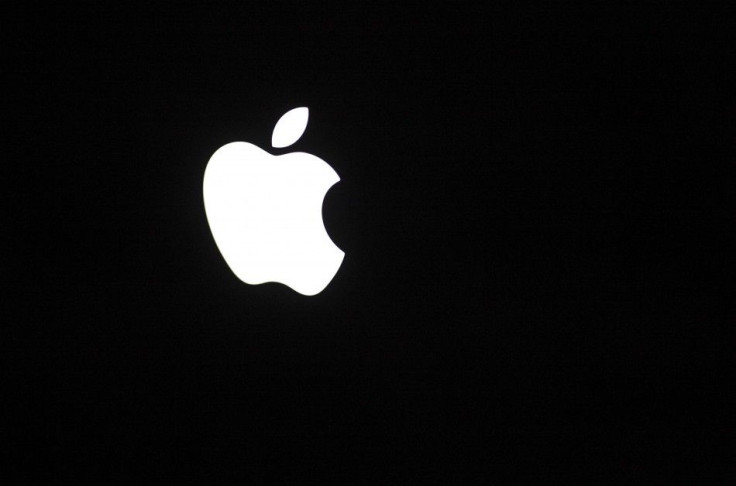Apple TV: Rumors Fly as Best Buy Gauges Interest

Ever since Apple founder Steve Jobs passed away in late 2011, the rumor mill has been turning about whether Apple would release a new device attempting disrupt the television industry. Jobs reportedly told Walter Isaacson, his famed biographer, that he'd like to create an integrated television set that is completely easy to use.
It would be seamlessly synced with all your devices and with iCloud, Jobs old Isaacson. It will have the simplest user interface you could imagine. I finally cracked it.
Although Apple has never confirmed its plans to release a television set publicly, several reports have leaked about the quiet, behind-the-scenes business deals Apple has been making. There's been so much interest in the growing possibility of an Apple television set (commonly referred to as iTV or the new Apple TV) that Best Buy recently surveyed customers customers about interest in the rumored device.
In a short survey, Best Buy asked whether customers wanted to be one of the first to get the all-new 42 Apple HDTV at Best Buy for $1499. The questionnaire made it clear that they were gauging interest in an Apple TV set by saying Apple finally reinvents what the TV can do.
In Best Buy's version of the imagined television set, the Apple TV set is a 42 1080p LED flat panel display, incorporates Apples operating system (iOS), has an accompanying App Store, supports Apple's iCloud service for storing movies, TV shows and music content purchased through iTunes, can be paired with an iPad or iPhone and exchange data between machines and has a built in webcam.
The Best Buy survey matched the description of the Apple TV set from Digitimes, which released a report about Apple's manufacturing partners. In the report, Digitimes said that the supply chain of Apple started preparing material for [TV] sets in the first quarter of 2012 in order to meet Apple's schedule to launch the new display products in the second or third quarter of 2012.
The report specified that Apple would be pursuing a full TV set, not a set-top box as they had with previous iterations of Apple TV that were released in 2006. It also says that the new Apple TV set will focus on 32- and 37-inch size TVs initially.
To add to the mounting suspicion about an Apple TV set, Globe and Mail has reported that Rogers Communications Inc. and BCE Inc. are in talks with Apple to become launch partners for the rumored TV product. One source close to the matter said that Bell and Rogers currently have the product in their labs.
The Toronto paper goes into specific detail about what can be expected from Apple's TV set, including gesture-control functions and voice recognition. The Globe and Mail says:
Viewers can then control the TV by voice or hand gestures, all from the comfort of a couch. An on-screen keyboard, meanwhile, can also be activated in a similar manner, allowing viewers to surf the web, conduct video chats and use social media sites such as Twitter and Facebook - all without any physical interface.
Though there are very few details about the machine itself, there are even fewer details about the type of media that will be available from the device. Early this year, USA Today reported that Apple was having trouble securing content deals for the television set.
The primary example is the chief executive officer of CBS, Les Moonves, accidentally mentioning during an earnings call that the company had decided against joining Apple TV.
I do expect Apple to make an attempt, Apple co-founder Steve Wozniak told USA Today, since I expect the living room to remain a center for family entertainment, and that touches on all areas of consumer products that Apple is already making.
Partnerships with major television networks are essential to the success of an Apple TV set, especially since the lack of partnerships have stifled efforts to disrupt the TV industry from other consumer electronics makers such as Google and Samsung.
Comcast, News Corp., Disney and others have historically been happy with revenue made from TV subscribers and advertising through traditional airwaves. By allowing network content to be seen over the internet, such companies must adapt to new revenue streams. While it may not seem enticing now, most experts agree that people slowing shifting toward viewing long, more engaging video content on the internet.
© Copyright IBTimes 2024. All rights reserved.





















